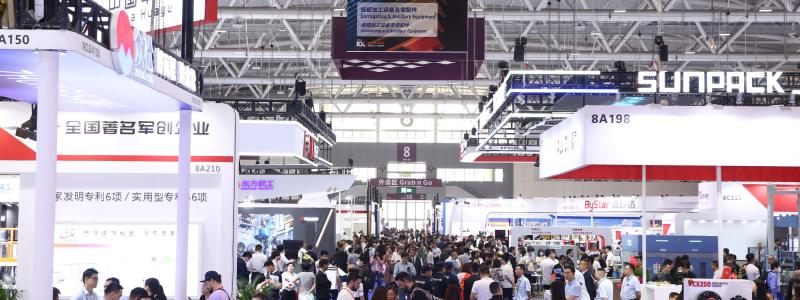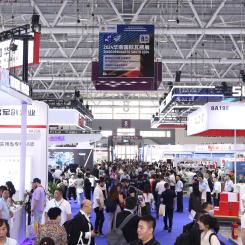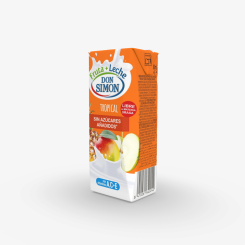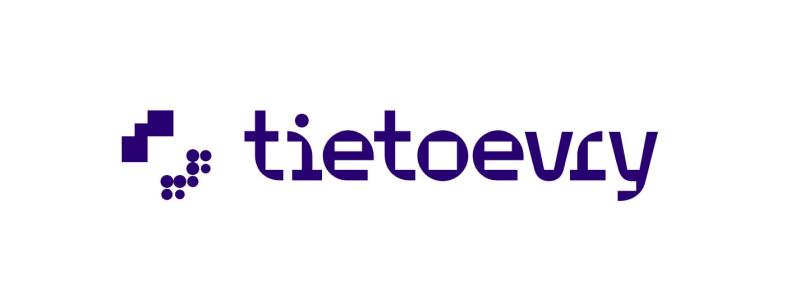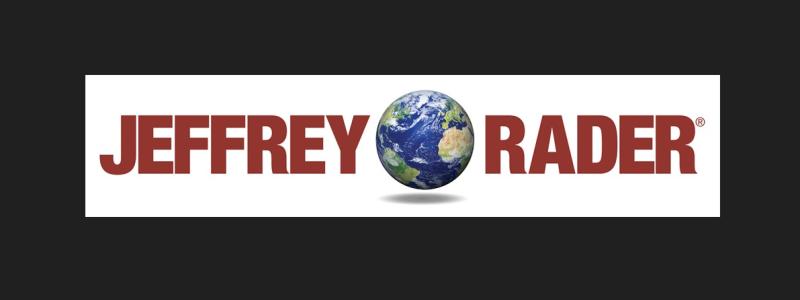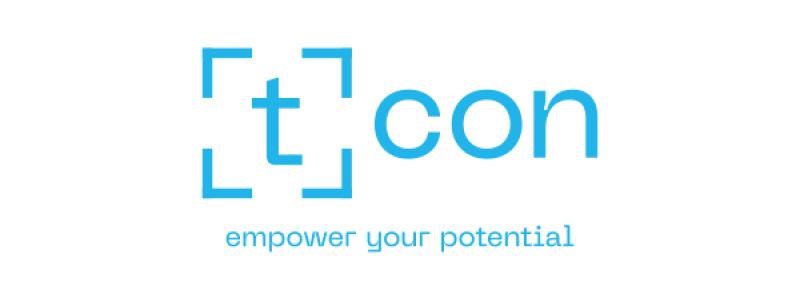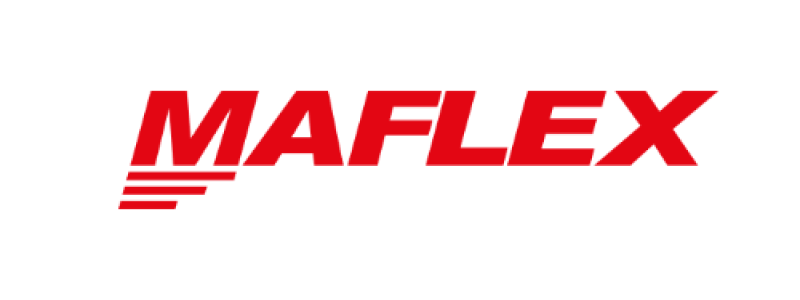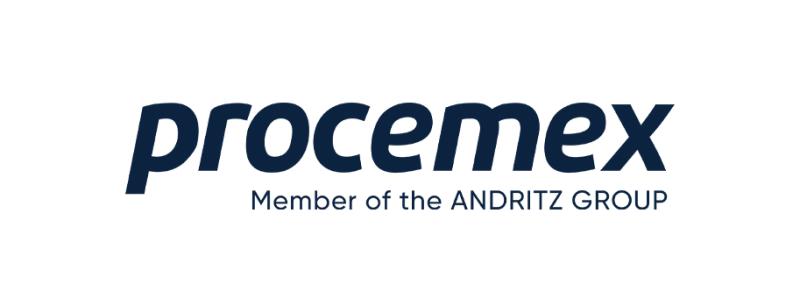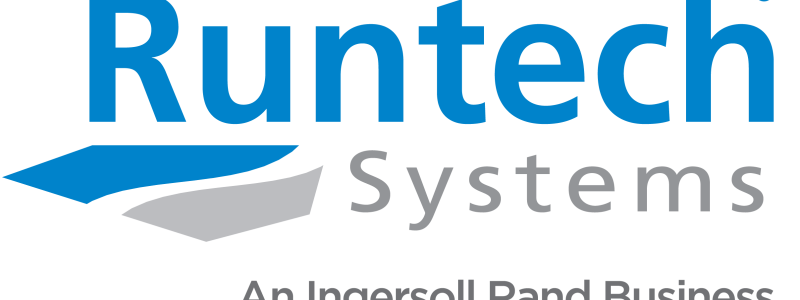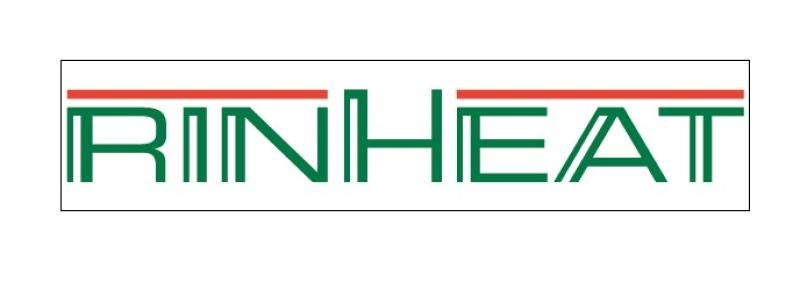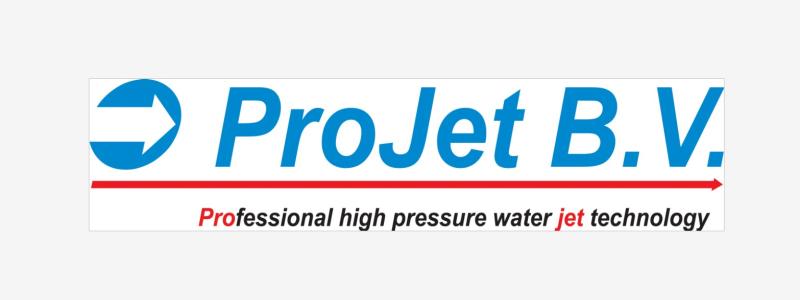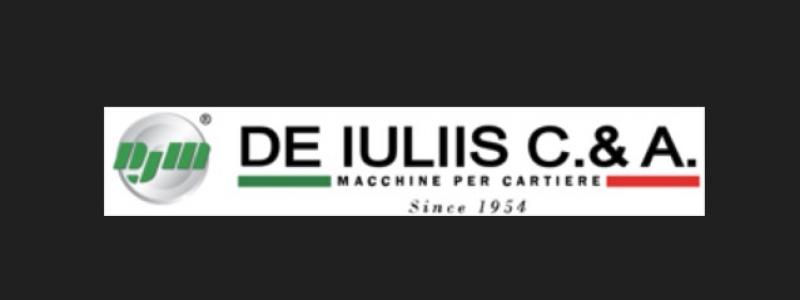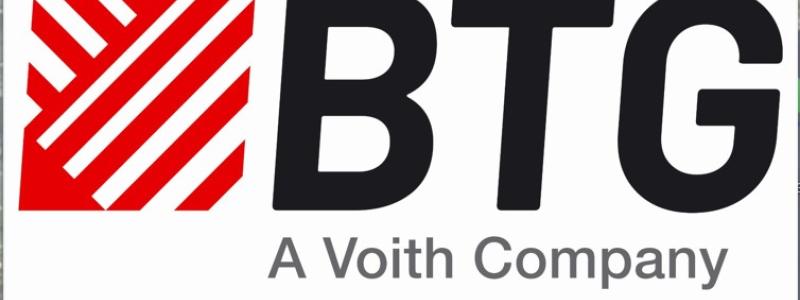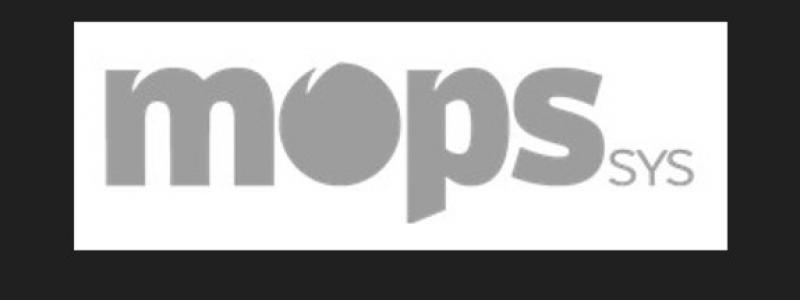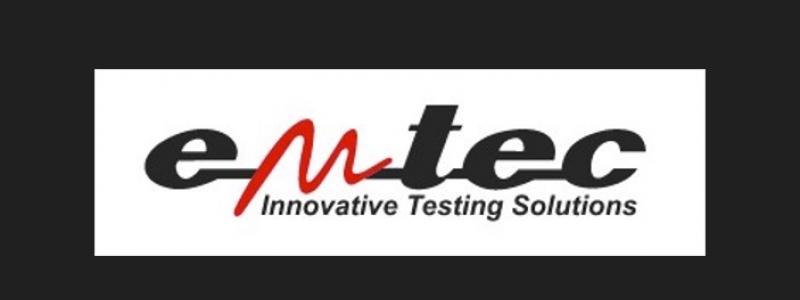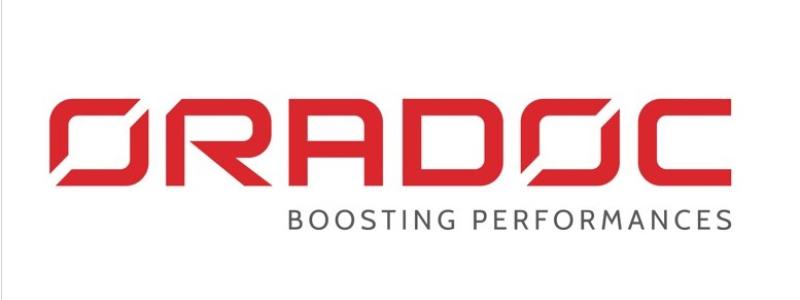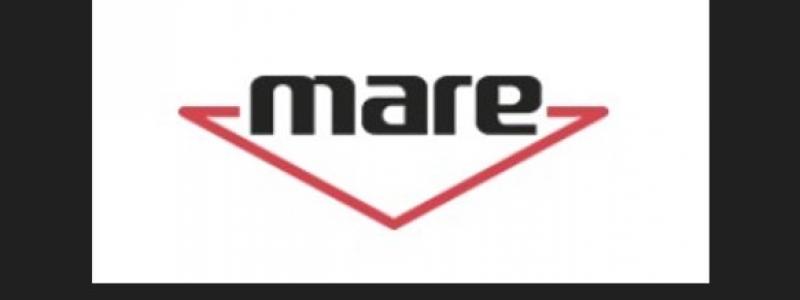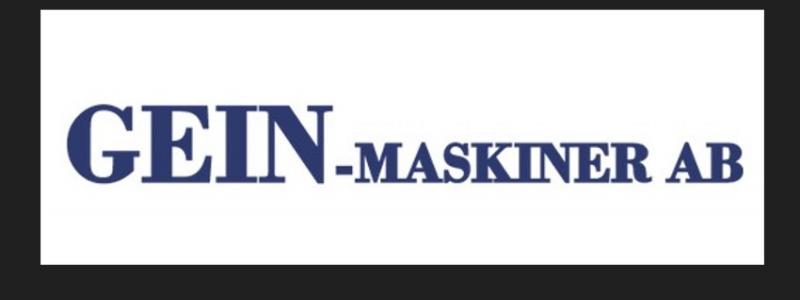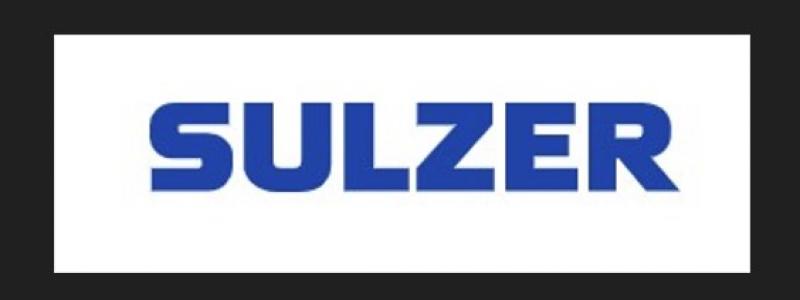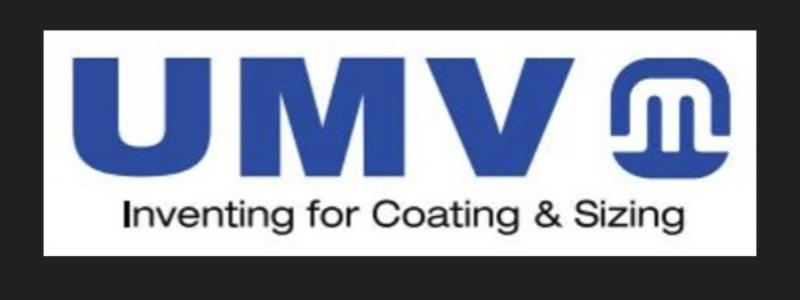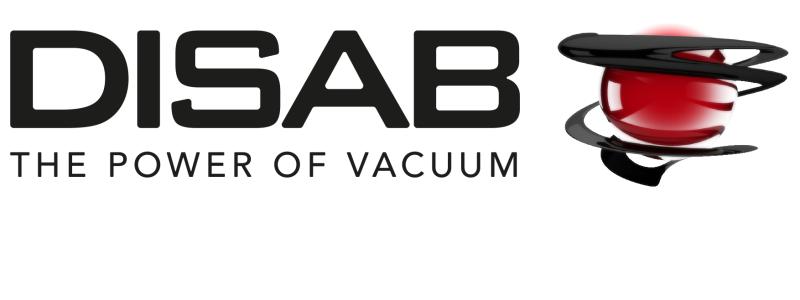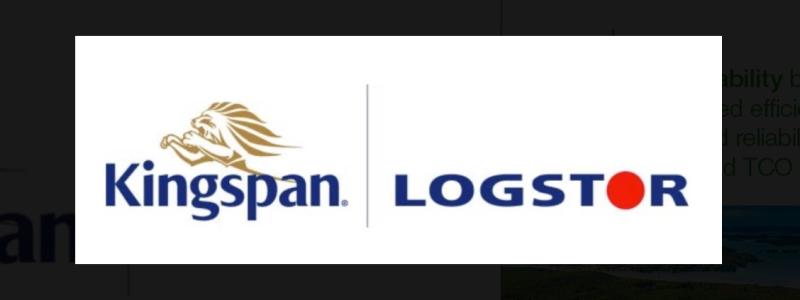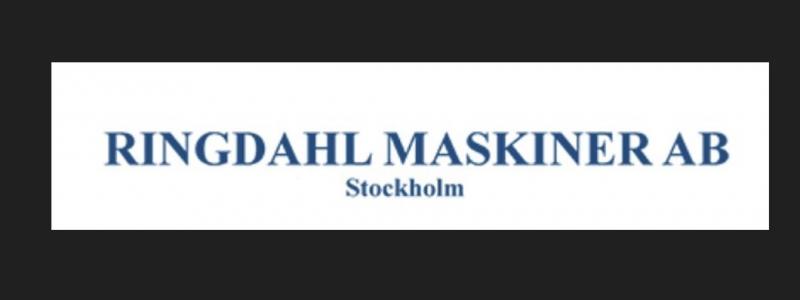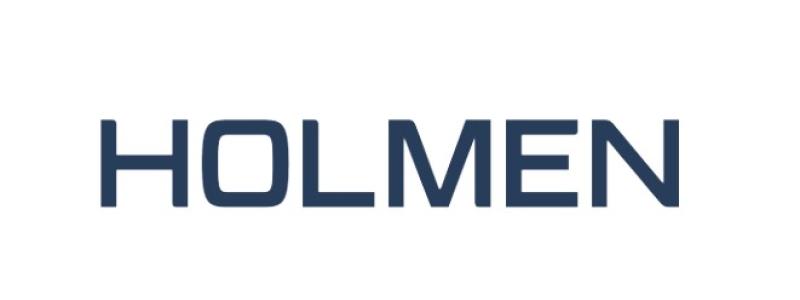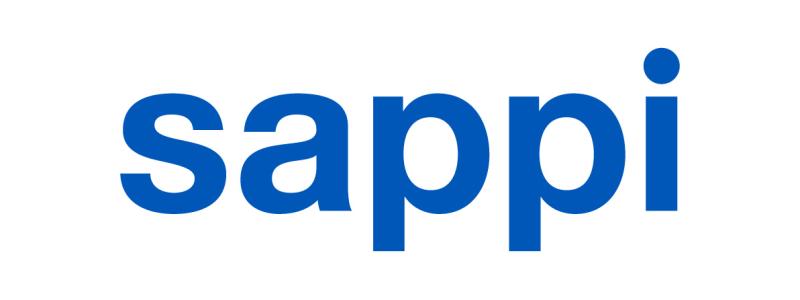Essity has published its year-end report 2017. The Group’s net sales for 2017 increased 8.0% compared with the preceding year. Organic sales increased 1.2%. The Group’s adjusted EBITA for full-year 2017 rose 12%. Excluding currency translation effects and the acquisition of BSN medical, adjusted EBITA increased 1%. The Group’s adjusted EBITA margin rose 0.5 percentage points to 12.3%. The adjusted return on capital employed was 14.9%.
The Board of Directors proposes a dividend of SEK 5.75 per share.
The Group’s net sales for the fourth quarter of 2017 increased 7.1% compared with the corresponding period a year ago. Organic sales increased 1.8%, of which volume accounted for 0.8% and price/mix for 1.0%. In emerging markets, which represented 35% of net sales, organic sales rose 5.9%, while in mature markets organic sales declined 0.3%. Organic sales were negatively impacted by lower market growth due to such factors as price pressure and as a consequence of Essity’s decision to discontinue certain underperforming market positions and contracts as part of the company’s focus on profitable growth for increased value creation. During the quarter, five innovations were launched that strengthened Essity’s customer and consumer offering.
The Group’s adjusted EBITA in the fourth quarter of 2017 increased 13% compared with the corresponding period a year ago. Excluding currency translation effects and the acquisition of BSN medical, adjusted EBITA rose 3%. The increase was mainly the result of a better price/mix, higher volumes, cost savings and other measures to improve profitability. Higher raw material costs had a negative impact of SEK 713m. The Group’s adjusted EBITA margin increased 0.7 percentage points to 12.6%. The adjusted return on capital employed was 14.4%.
For the fourth quarter of 2017, the acquired company BSN medical’s organic sales rose by 2.4%. The adjusted EBITA margin for the acquired company was 18.4% and was negatively impacted by approximately 0.5 percentage points as a result of integration costs.









